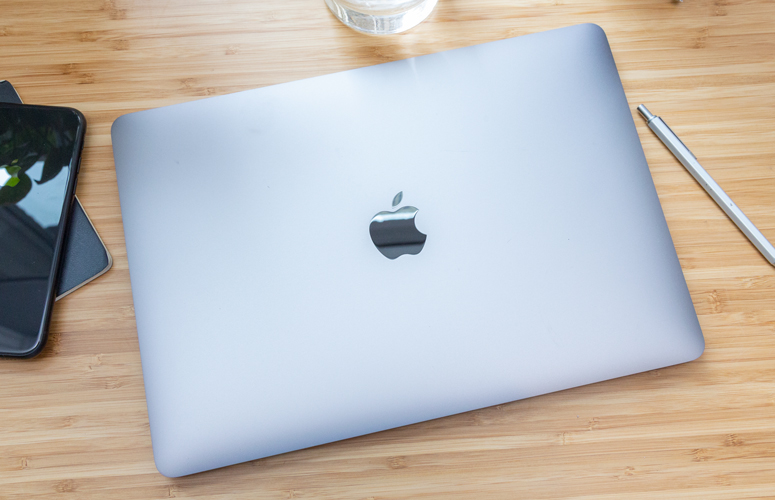Your old MacBook Pro might have just lost support: What you need to know
It's time to upgrade your MacBook

Apple is giving you another reason to upgrade your old MacBook in case the new MacBook Air and MacBook Pro haven't convinced you to buy a new laptop.
This time, the company might be forcing your hand by adding the mid-2013 and early-2014 MacBook Air, and the mid-2014 MacBook Pro models to its "vintage" list. Laptops on this list are between 5 and 7 years old and don't receive the same service at the Genius Bar in Apple stores or at Apple Authorized Service Providers.
- MacBook Air vs MacBook Pro: Which MacBook Should You Buy?
- Best MacBook in 2020: Apple laptop reviews and ratings
- MacBook Pro 14-inch pushed back to 2021 (report)
You can still get hardware help if your old MacBook is acting up but only if the Apple store or authorized repair service has the parts in stock. The exact phrases used by Apple on whether your laptop can be serviced is "subject to availability of inventory, or as required by law."
Additionally, these devices won't get routine software updates like their newer counterparts. It's possible a vintage laptop can get bumped to the next major OS or get critical security patches, but it won't receive the same cadence of updates as before.
Before you plump down $1,000 on a new MacBook, keep in mind that the devices on Apple's vintage list -- like the 2013 and 2014 MacBook Air and 2014 MacBook Pro -- will continue to function as normal.
However, vintage devices eventually get moved over to the obsolete list and lose all support -- hardware and software. At that point, it's time to upgrade your machine as it will no longer receive crucial security updates.
Sign up to receive The Snapshot, a free special dispatch from Laptop Mag, in your inbox.
Phillip Tracy is the assistant managing editor at Laptop Mag where he reviews laptops, phones and other gadgets while covering the latest industry news. After graduating with a journalism degree from the University of Texas at Austin, Phillip became a tech reporter at the Daily Dot. There, he wrote reviews for a range of gadgets and covered everything from social media trends to cybersecurity. Prior to that, he wrote for RCR Wireless News covering 5G and IoT. When he's not tinkering with devices, you can find Phillip playing video games, reading, traveling or watching soccer.

